Article
Mitsubishi (Motors)
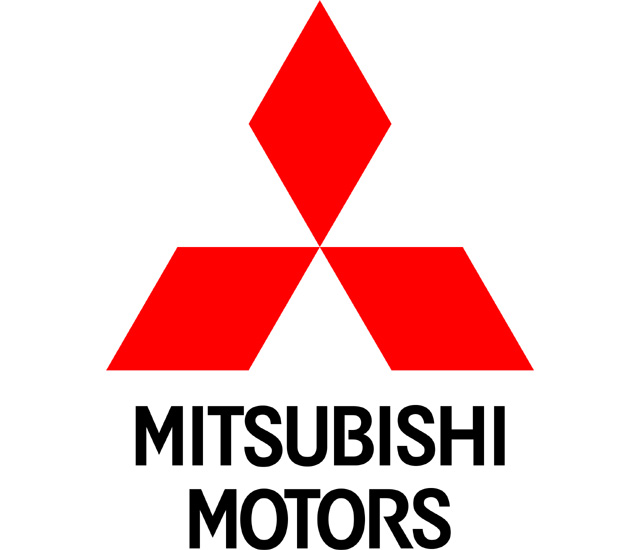
Mitsubishi Motors (三菱自動車工業株式会社 Mitsubishi Jidōsha Kōgyō Kabushiki Gaisha) It is one of the divisions of the Japanese Mitsubishi Corporation. At the end of the First World War, this division was created aircraft engines, which became employees in World War II. Mitsubishi means "three diamonds" and refers to the logo of the three diamonds that was adopted in March 1873 by the first company of the Mitsubishi group. The logo, in its real form, is registered since 1914. In 1917 it became the first Japanese car company to manufacture a series car in Japan, the "A" model.
Mitsubishi stood out for making big planes like the AM6 "Zero", reaction aircraft like the F-1 and others, then dedicated to produce cars.
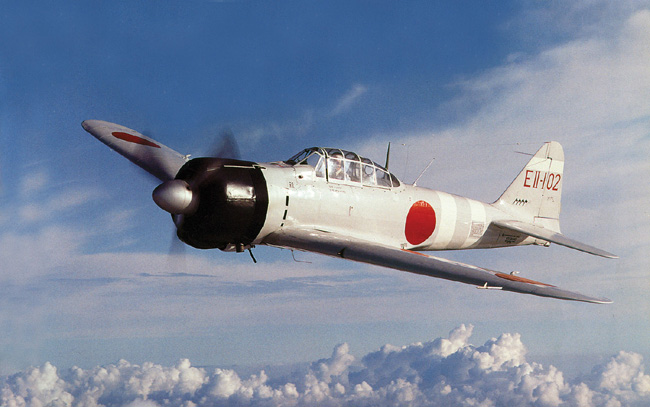
Zero

F-1
Messerschmitt

At the moment it is a disappeared mark, due to the fusion in 1968 with the small company of engineering and civil aviation Bölkow, becoming Messerschmitt-Bölkow. Then, Hamburger Flugzeugbau, aviation division of the Blohm & Voss hamburger yards, is acquired; its name is changed to Messerschmitt-Bölkow-Blohm (MBB). In 1989 MBB was absorbed by Deutsche Aerospace AG (DASA), which was renamed Daimler-Benz Aerospace in 1995, until its integration into the European consortium EADS.
In February of 1916 the German engineering company MAN AG and several banks bought the aircraft builder Otto Flugmaschinenfabrik, founding a new company, the Bayerische Flugzeugwerke AG (abbreviated BFW). The bylaws were drafted on February 19 and 20 and completed on March 2, 1916. The details of the company were registered in the Mercantile Registry with a registered capital of 1,000,000 from Reichmark on March 7, 1916. The 36 % of the capital was provided by the Bank für Handel und Industrie, Berlin, 30% by MAN AG and 34% by Hermann Bachstein, Berlin. The first chairman of the Board of Directors was Peter Eberwein, who had previously worked at Albatros Flugzeugwerke.
The urgent need to manufacture combat aircraft prevented the development of new types, so BFW began to manufacture under license aircraft designed by the Albatros Flugzeugwerke. Within a month of its creation, the company was in a position to present its own designs to the ministries of Prussia and Bavaria. However, soon problems of lack of quality appeared: Aircraft crews complained frequently about the serious defects that appeared in the first BFW machines, similar to what happened with the plane of the predecessor company headed by Gustav Otto . The changes in the organization and a more severe quality control in the assembly line caused that these problems were solved at the end of 1916; BFW then began to build more than 200 aircraft per month, increasing its workforce to 3,000 workers and becoming one of the largest aircraft manufacturers in Bavaria.
The end of the war was a blow to BFW as the demand for military aircraft disappeared. The managers of the company were forced to look for new products with which to stay in the market; given that at that time the structure of the aircraft was largely built in wood and the company was equipped with a state-of-the-art woodworking plant and at that time there were enough stock to build about 200 aircraft, valued at about 4.7 millions of reichsmarks Therefore it seemed a good idea to use machinery and materials for the production of furniture and equipped kitchens. In 1921 the company returned to the world of mechanics manufacturing motorcycles of its own design under the names of Flink and Helios.
n the autumn of 1921 the Austrian financier Camillo Castiglioni announced for the first time his interest in the purchase of the BFW firm; Although most of the shareholders accepted their offer, MAN AG wanted to maintain its participation in BFW. Castiglioni, on the other hand, wanted to acquire all the shares. The financial proposal was supported by Franz Josef Popp, Managing Director of Bayerische Motoren Werke (BMW), which in a letter to the president of MAN AG, describes BFW as a "dead factory, which has a plant lacking value, consisting mainly of wooden sheds in poor condition, and located in a city very unfavorable for industrial activities and with a situation that gives little reason for enthusiasm." Apparently, Popp was in close contact with Castiglioni and privately encouraged the latter's plans to merge BMW and BFW. In the spring of 1922 Castiglioni and Popp persuaded the MAN firm to renounce their actions at BFW; now the company belongs exclusively to Castiglioni. In May of that same year, when the Italian-born investor was able to acquire the BMW engine factory from Knorr-Bremse AG, the way was opened for the merger between the aeronautical company BFW and the BMW engine manufacturer.
Bayerische Flugzeugwerke (BFW) was refounded in 1926 in the Bavarian town of Augsburg, when Udet-Flugzeugbau GmbH became a public limited company. At first, BMW AG has a stake in the company and is represented on the Board of Directors by the figure of Josef Popp.
One of the first designs, the B.F.W. M-20, it was almost a catastrophe for the designer and the company. The first prototype crashed, killing the head of the test pilot Hans Hackmack, a close friend of Erhard Milch, General Director of Deutsche Luft Hansa and Secretary of State of the newly created Reichsluftfahrtministerium (Reich Ministry of Aviation or RLM). Milch was upset by Messerschmitt's lack of response and this led to a lifelong hatred towards him. Milch eventually canceled all contracts with Messerschmitt and forced BFW into bankruptcy in 1931. However, German rearmament programs and the friendship of Messerschmitt with Hugo Junkers prevented a stagnation of the careers of him and BFW, which started again in 1933. Milch continued to prevent Messerschmitt from acquiring the BFW until 1938, hence the designation "Bf" of the first Messerschmitt designs.
Messerschmitt developed a concept called "light construction" in which the load of the various parts is distributed over a single reinforced zone, with the consequent weight saving and performance improvement. The first real test of this concept was the Messerschmitt Bf-108 Taifun, which would soon establish numerous records in its category.
As a result of these good results the company was invited by the German Air Ministry (RLM) to present a design for the contest that in 1935 would decide the interceptor hunting model with which the Luftwaffe would be equipped; the winner of this contest was the Messerschmitt Bf-109 against projects presented by Heinkel, Junkers and Arado
This election made Willy Messerschmitt a favorite of the National-Socialist party, both for its design and for its political capacity; The location of the factory in southern Germany, far from the conglomerate of aeronautical companies existing on the coast, also contributed to this favorable position. Finally, B.F.W. it was reconstituted as "Messerschmitt AG" on July 11, 1938, with Willy Messerschmitt as president and CEO. The name change of B.F.W. resulted in the replacement in the aircraft designation system of the denomination of Bf for all new designs after this date by the new Me. Existing types, such as Bf 109 and Bf 110, retain their previous designation in official documents, although sometimes the new denomination was used more frequently by subcontractors. In practice, all BFW / Messerschmitt models from 108 to 163, which should not be confused with the Messerschmitt Me-163 rocket interceptor, were named Bf, using the rest of the new nomenclature "Me".
During WW2, it's dedicated to produce the Bf 109s, 110s, Me-262s and others.

Bf 109
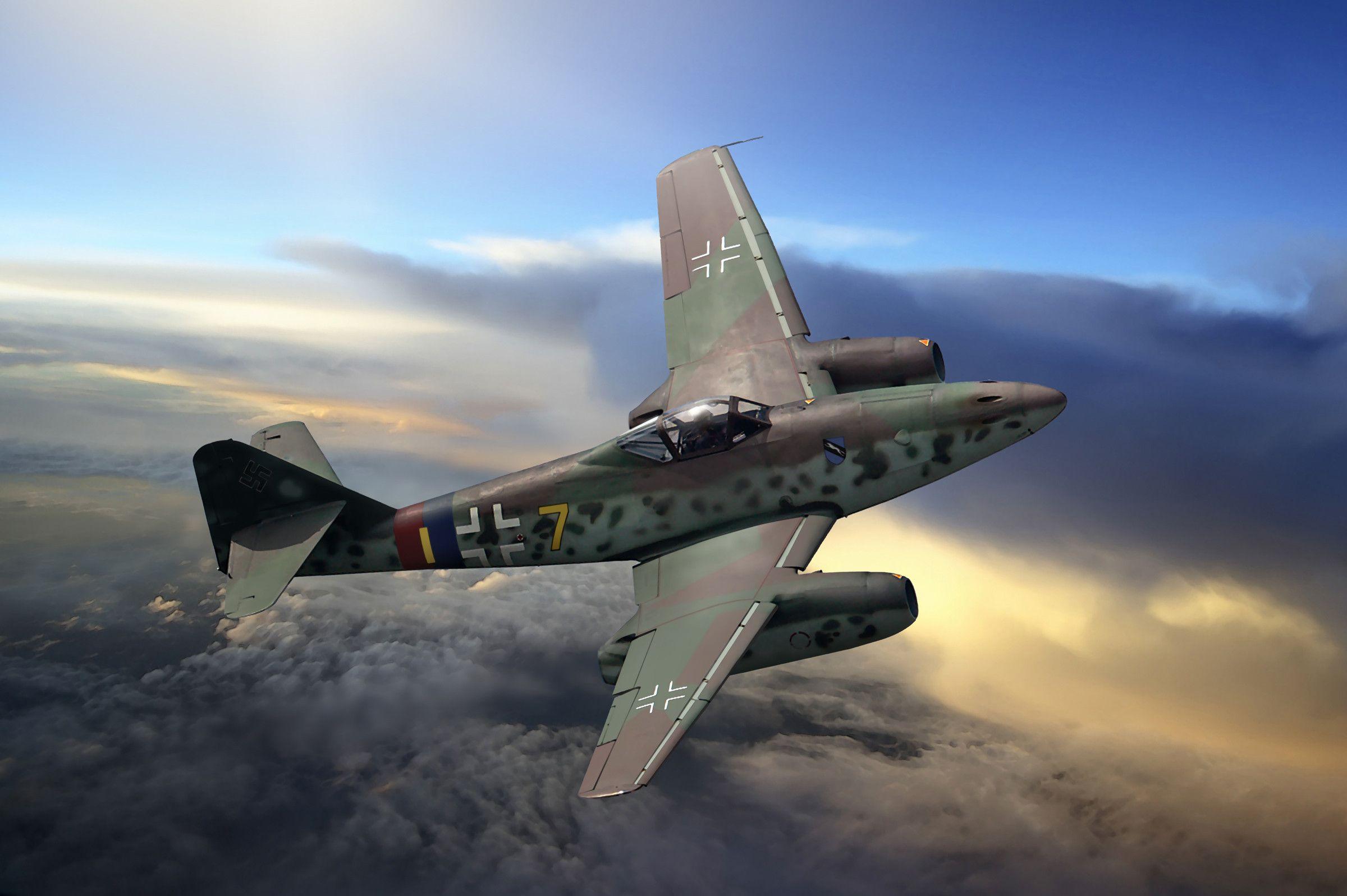
Me-262
With this I end my art translated, thank you for your attention, mi mas lindo saludo
~KMS Bismarck
Previous article:
Histories of WW2 #6 "Brands" (English) Part 1 (8 years ago)
Next article:
Historias de la Segunda Guerra Mundial #7 "El cañon gigante" (8 years ago)
About the game:

USA as a world power? In E-Sim it is possible!
In E-Sim we have a huge, living world, which is a mirror copy of the Earth. Well, maybe not completely mirrored, because the balance of power in this virtual world looks a bit different than in real life. In E-Sim, USA does not have to be a world superpower, It can be efficiently managed as a much smaller country that has entrepreneurial citizens that support it's foundation. Everything depends on the players themselves and how they decide to shape the political map of the game.
Work for the good of your country and see it rise to an empire.
Activities in this game are divided into several modules. First is the economy as a citizen in a country of your choice you must work to earn money, which you will get to spend for example, on food or purchase of weapons which are critical for your progress as a fighter. You will work in either private companies which are owned by players or government companies which are owned by the state. After progressing in the game you will finally get the opportunity to set up your own business and hire other players. If it prospers, we can even change it into a joint-stock company and enter the stock market and get even more money in this way.
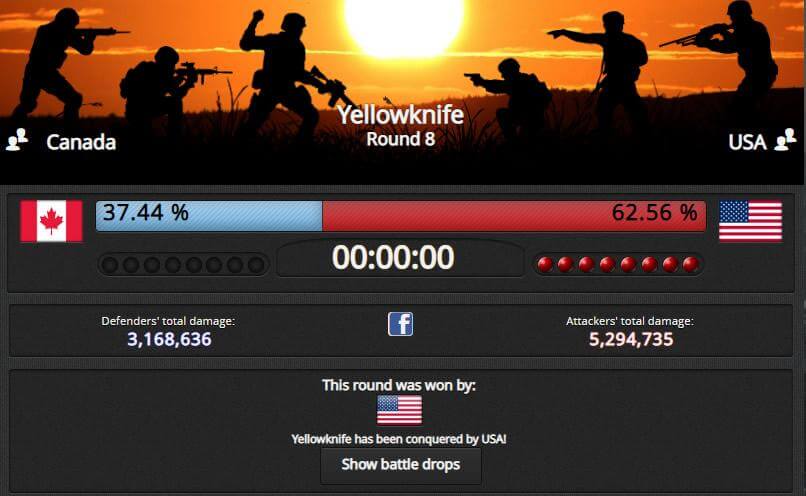
In E-Sim, international wars are nothing out of the ordinary.
Become an influential politician.
The second module is a politics. Just like in real life politics in E-Sim are an extremely powerful tool that can be used for your own purposes. From time to time there are elections in the game in which you will not only vote, but also have the ability to run for the head of the party you're in. You can also apply for congress, where once elected you will be given the right to vote on laws proposed by your fellow congress members or your president and propose laws yourself. Voting on laws is important for your country as it can shape the lives of those around you. You can also try to become the head of a given party, and even take part in presidential elections and decide on the shape of the foreign policy of a given state (for example, who to declare war on). Career in politics is obviously not easy and in order to succeed in it, you have to have a good plan and compete for the votes of voters.

You can go bankrupt or become a rich man while playing the stock market.
The international war.
The last and probably the most important module is military. In E-Sim, countries are constantly fighting each other for control over territories which in return grant them access to more valuable raw materials. For this purpose, they form alliances, they fight international wars, but they also have to deal with, for example, uprisings in conquered countries or civil wars, which may explode on their territory. You can also take part in these clashes, although you are also given the opportunity to lead a life as a pacifist who focuses on other activities in the game (for example, running a successful newspaper or selling products).
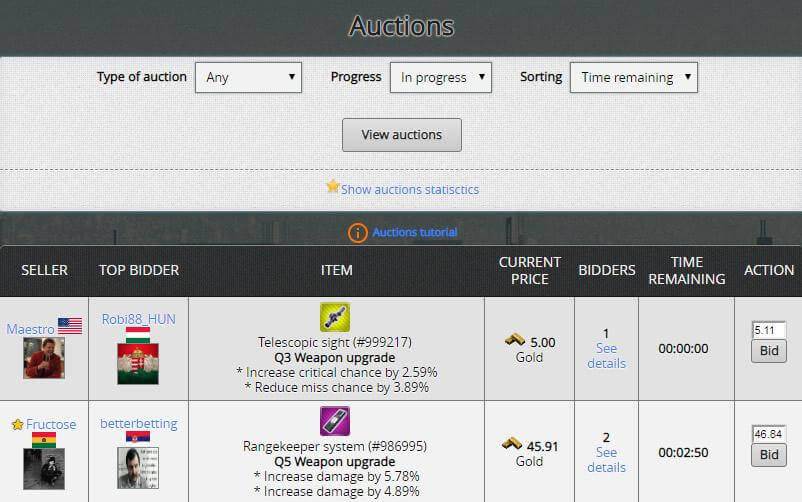
At the auction you can sell or buy your dream inventory.
E-Sim is a unique browser game. It's creators ensured realistic representation of the mechanisms present in the real world and gave all power to the players who shape the image of the virtual Earth according to their own. So come and join them and help your country achieve its full potential.

Invest, produce and sell - be an entrepreneur in E-Sim.
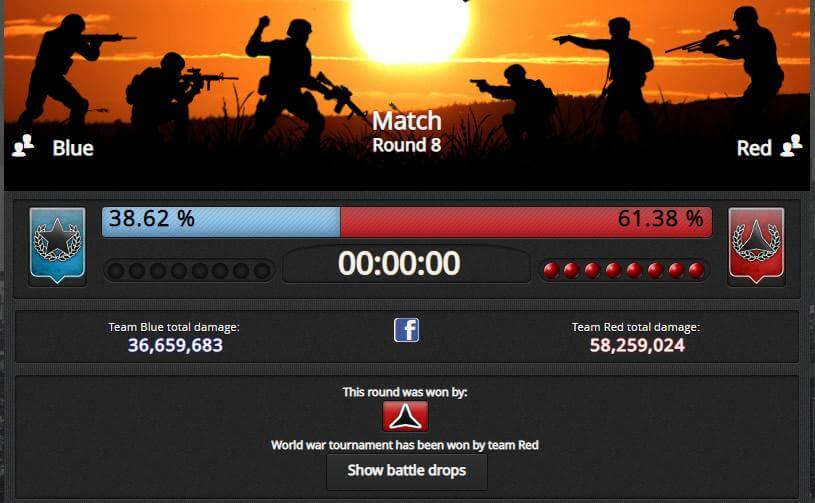
Take part in numerous events for the E-Sim community.
